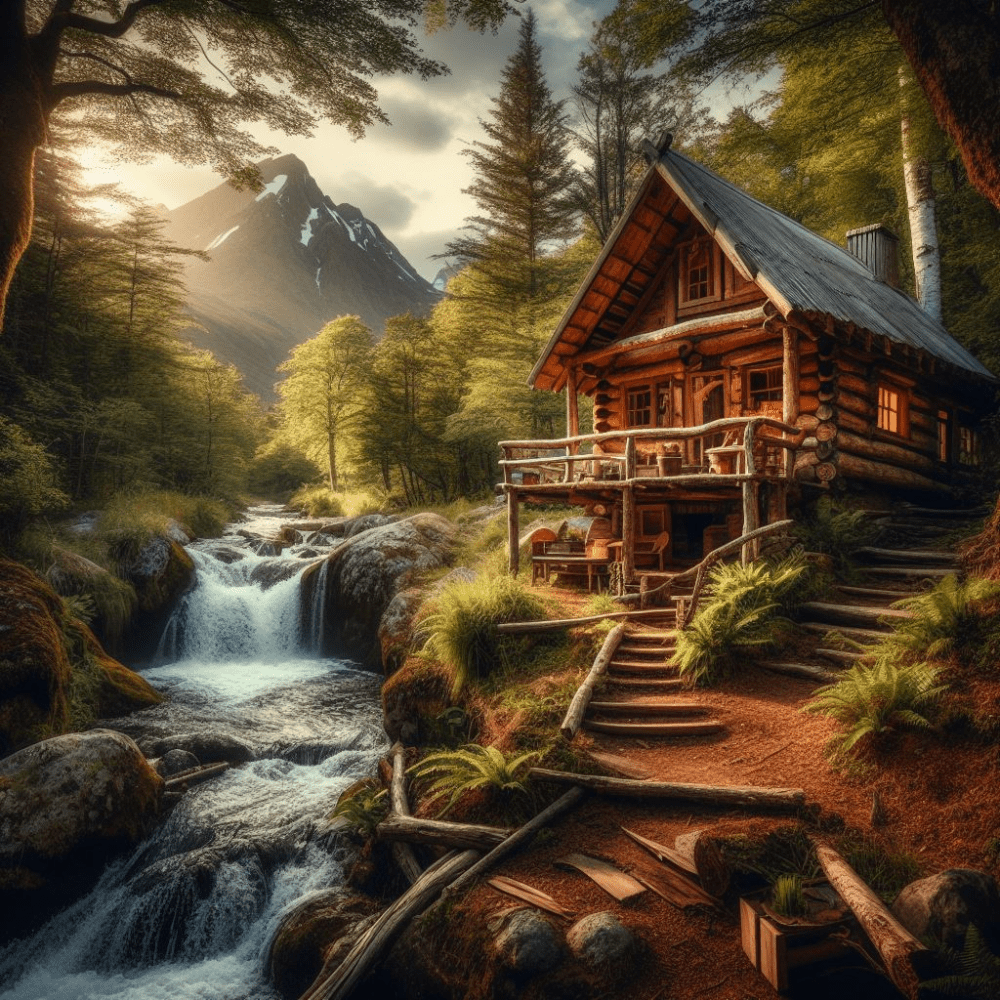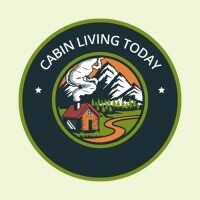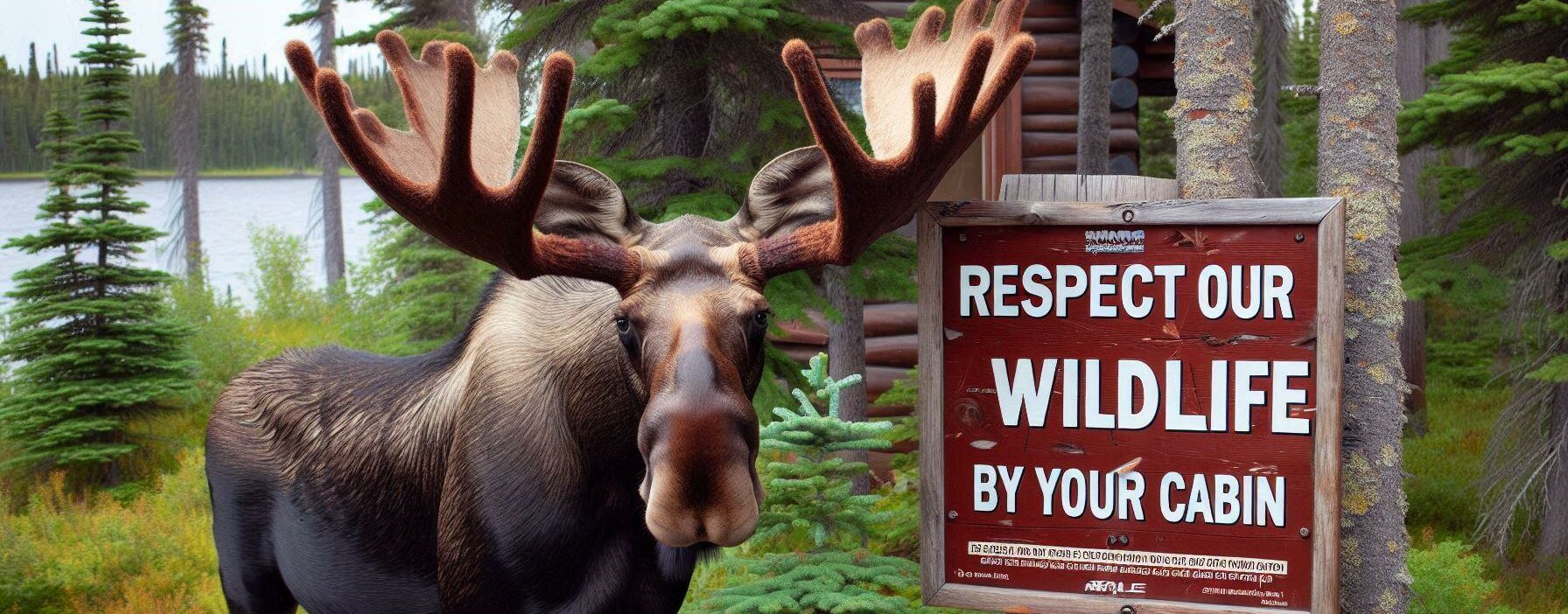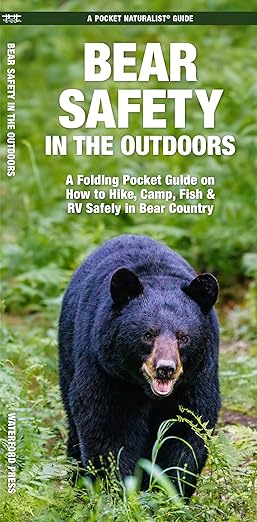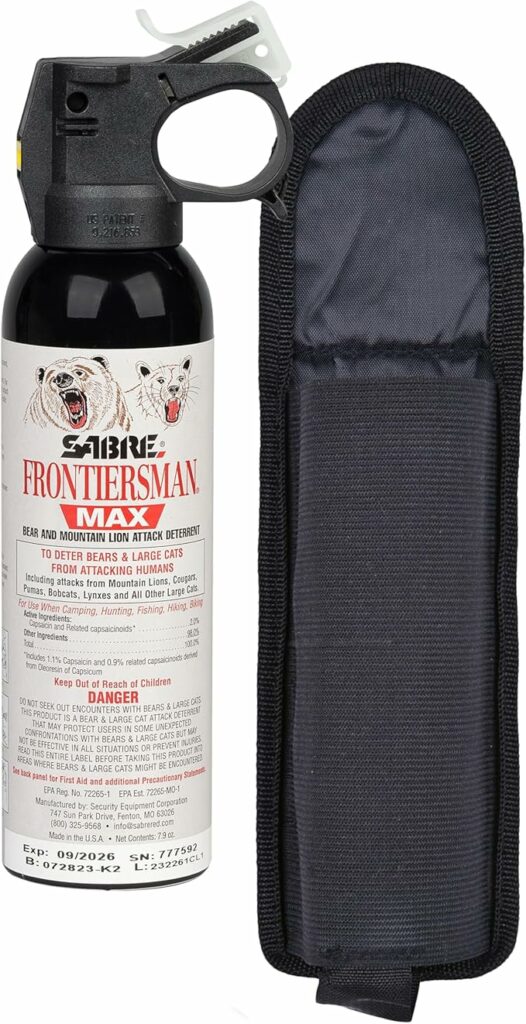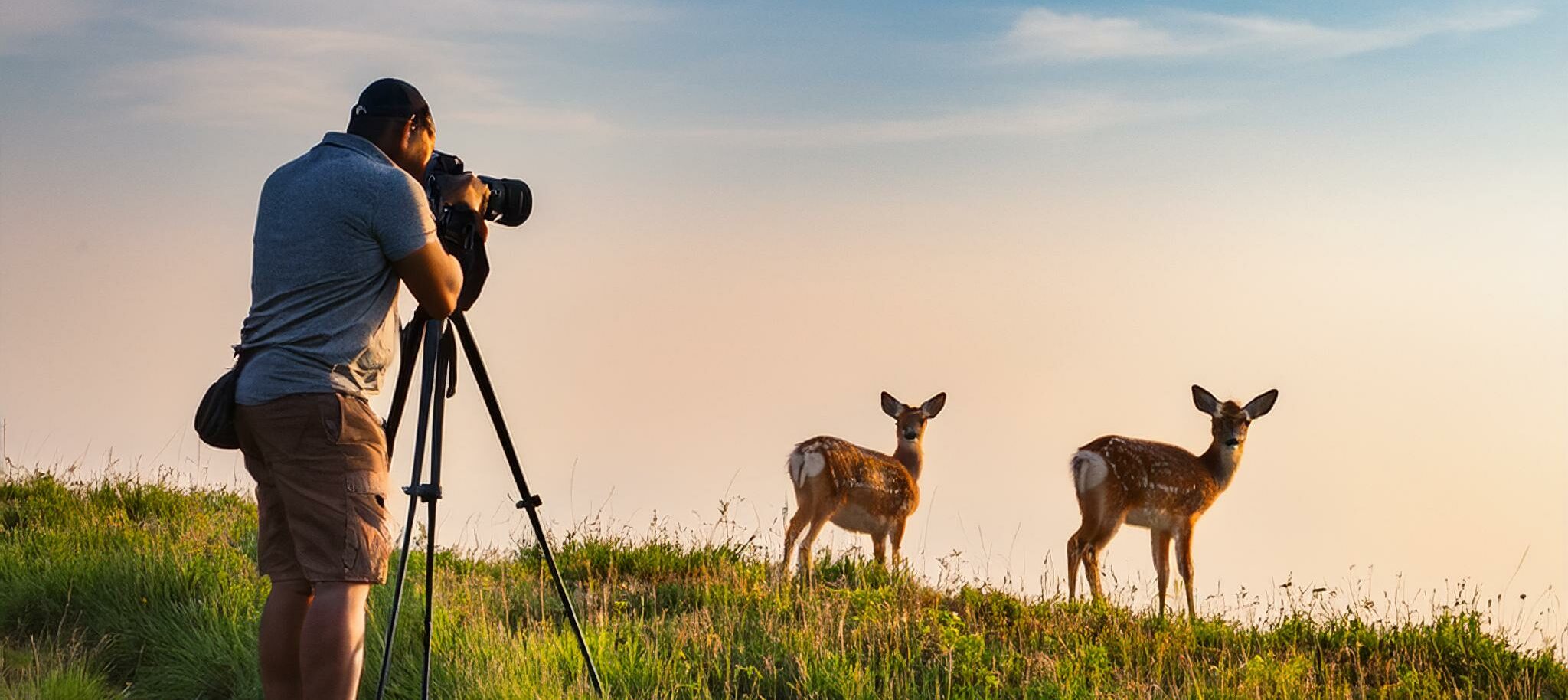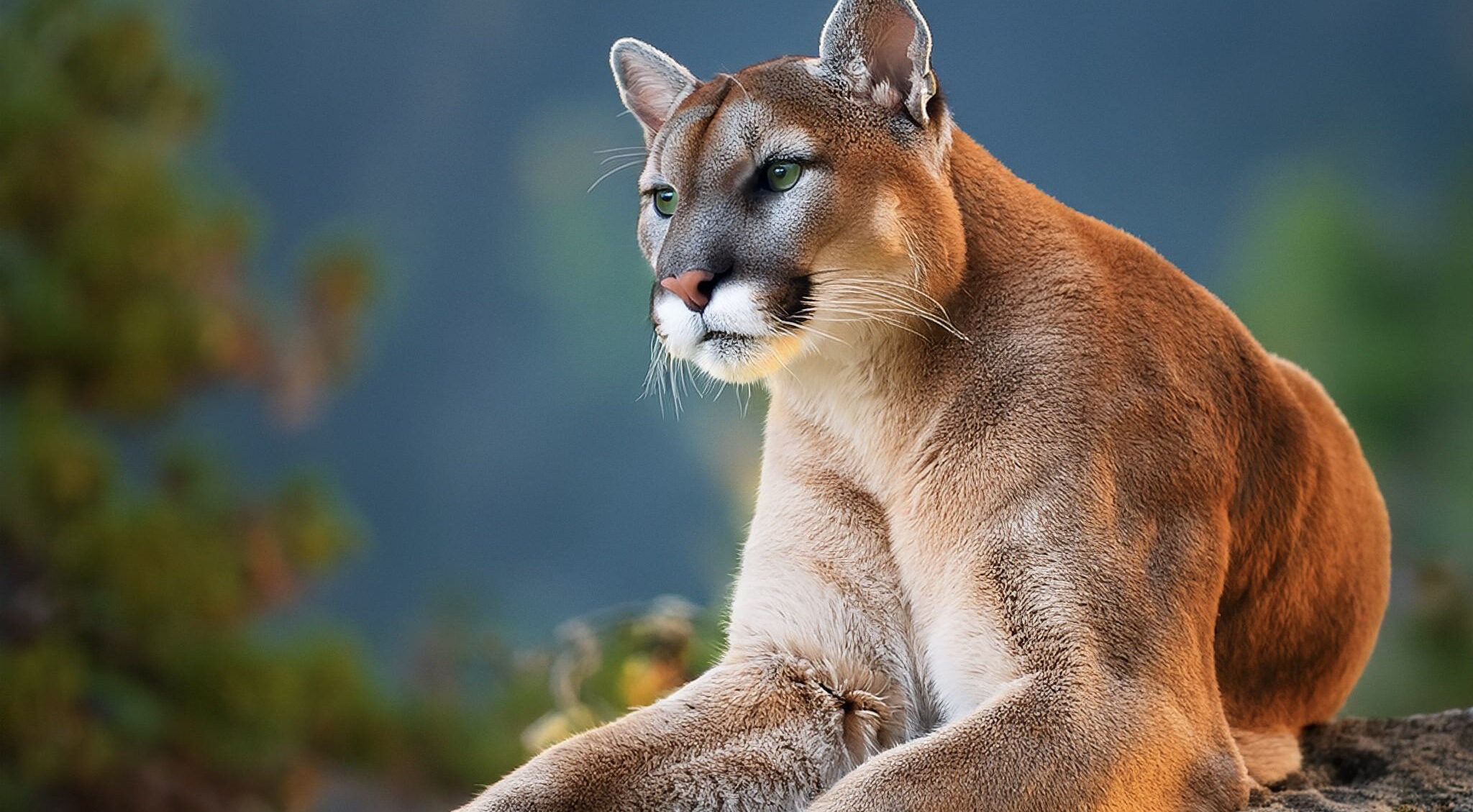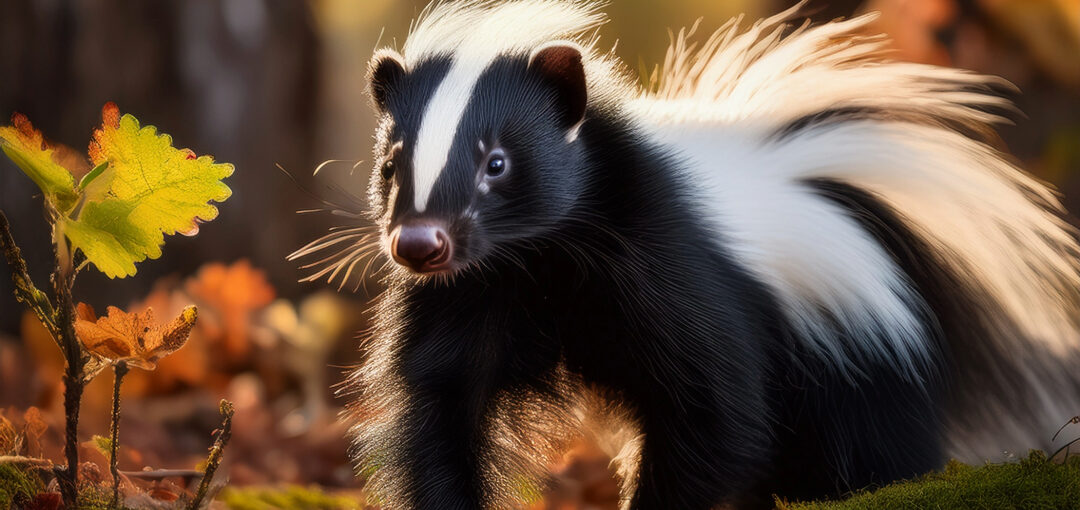Living in a cabin in the wilderness isn’t just about majestic views and fresh air. It’s a front-row seat to the amazing world of wildlife. But before you enjoy this nature spectacle, it’s crucial to know who’s living around you. Think about animals like deer, foxes, raccoons, and maybe even bears, depending on where you are. Identifying these critters helps keep both you and them safe.
Ever wondered why a bear might wander near your cabin? It’s not just to scare you out of your sleep-in weekend morning. Animals have their natural habits driven by food, shelter, and even curiosity. Knowing the reasons behind their behavior helps you understand the boundaries we need to respect. You might be learning about nocturnal habits or migratory patterns, which just adds another layer to living among these creatures.
Considering the coexistence factor, there’s a lot of good stuff that comes with sharing space with wildlife. Beyond the Instagram-worthy shots, many animals contribute to the ecosystem, pollinating plants and keeping pest populations in check. This natural balance means gardeners have healthier plants and fewer bugs munching on their veggies.
There’s always that chill that runs down your spine when you think about dangerous animals in the wild. But let’s clear the air—it’s not like you’re starring in a wildlife horror movie. Many perceived dangers are myths. Most wildlife prefer avoiding us just as much as we prefer not bumping into a moose in our pajamas. Understanding the facts, rather than buying into myths, makes your wilderness stay that much safer.
Basic Safety Measures: Protecting Yourself and Your Property
Building a cabin in the wilderness means rolling up your sleeves to create a home that’s wildlife-proof. You’re not just keeping animals away; you’re making sure they don’t get curious about your snacks and stick around. Solid shutters and locking systems on doors and windows are a good start, along with reinforced garbage bins to make them less of a target for raccoon raids.
When you’re itching to explore the outdoors, safety is your ticket to a fun adventure. Grab that bear spray for starters, and consider a whistle or noise-maker. It’s all about making your presence known without disturbing the peace. Wearing bright clothes can also help avoid accidental run-ins with critters that might not see you coming.
Here is a book that might come in handy if you are hiking around your cabin. CLICK ON THE PHOTO FOR MORE INFORMATION.
Deterrents like motion-sensor lights or animal-proof fencing offer a two-fold benefit. They act as a safety layer for your cabin and send a clear message to wildlife: this isn’t a place to hang out. But these aren’t a permanent fix. Regular checks and balances around your property are key to keeping things in check.
Nature often leaves clues when wildlife is hanging around. Keep an eye out for footprints or droppings near your cabin. These signs cue you into potential new neighbors who may require a chat about respecting property lines. Addressing any wildlife encroachment early on can help maintain your sanity and safety.
Interacting with Wildlife: Smart and Safe Practices
Admiring wildlife in its natural habitat is a special treat, but keeping a safe distance is key to a good experience, for both you and the critters. Ensure binoculars are handy because nothing beats a good look without causing any alarm. Remember, zooming in with technology is far wiser than encroaching on their space.
Encounters with wildlife might happen despite all precautions. Knowing how to react can make all the difference. Stay calm and slowly back away without turning your back. Avoid direct eye contact with predators as it can be seen as a challenge, and definitely ditch any sudden movements or loud noises, which could provoke them.
I always carry bear spray every time I am in the wilderness. Even though in my area, Idaho Falls, ID, we only have black bears so in general they are not a problem unless they have their young with them. But, I do live close to Yellowstone National Park and who knows when a grizzly might just have wondered into our mountains. The bear spray I chose comes with a small holster to you can put in on your belt for easy access. CLICK ON THE IMAGE FOR MORE INFORMATION:
Living among wildlife comes with the added responsibility of conserving their natural habitat. This involves understanding the delicate balance of ecosystems and respecting boundaries between human living spaces and wildlife areas. Wildlife conservation means not just protecting animals, but also preserving the environment that sustains us all.
Feeding wildlife might seem like a harmless act of kindness, but it can encourage dependency and alter natural behaviors. Instead, focus on creating a welcoming habitat by planting native species and ensuring water sources are clean and accessible. Your garden can be a haven for them without complete hand-outs, supporting wildlife safely while respecting the wilderness.
Interacting with wildlife is as much about respecting boundaries as it is about appreciating these remarkable neighbors. Being mindful and informed enhances this unique experience, contributing to personal safety and the well-being of the surrounding nature.
Emergency Preparedness: Responding to Wildlife Threats
Recognizing signs of aggressive animal behavior is crucial when living among wildlife. This can include animals acting territorial, showing their teeth, or making unusual sounds. Being alert to these signs allows you to assess situations better and react quickly if things take a turn.
If a wildlife encounter isn’t going as planned, knowing the steps can help you stay calm and safe. For instance, if a bear approaches, standing your ground and speaking in a firm voice can sometimes deescalate the situation. Carrying bear spray and knowing how to use it adds an extra layer of safety, especially when exploring deeper into the woods.
Somehow I think the person below forgot to read my article! (Just a little humor for you)
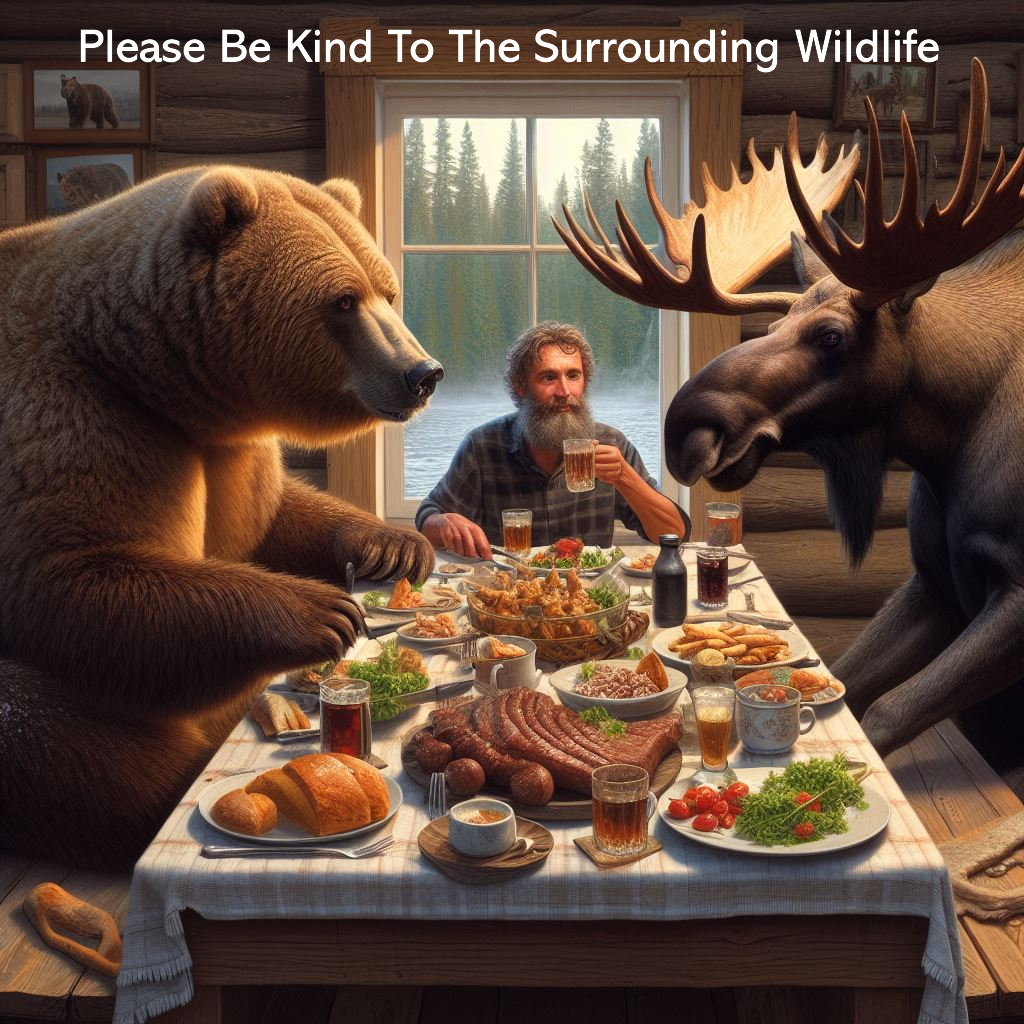
Sometimes, a wildlife encounter might leave psychological marks. It’s completely natural to feel shaken. Resources are out there to help you process these experiences. Talking to people who understand wildlife or joining local groups focused on wildlife education can provide both ease and community.
An emergency kit tailored for wildlife emergencies is a nifty thing to have. Stock it with essentials like a first-aid kit, whistles, flashlights, and snacks. While it’s easy to focus on band-aids and antiseptics, also consider tools that help ward off animals, like loud horns or even simple multitools.
Being prepared doesn’t just protect you; it ensures the wildlife around you aren’t unnecessarily harmed. When both sides of nature’s playground feel secure, it’s easier to enjoy this extraordinary way of living.
